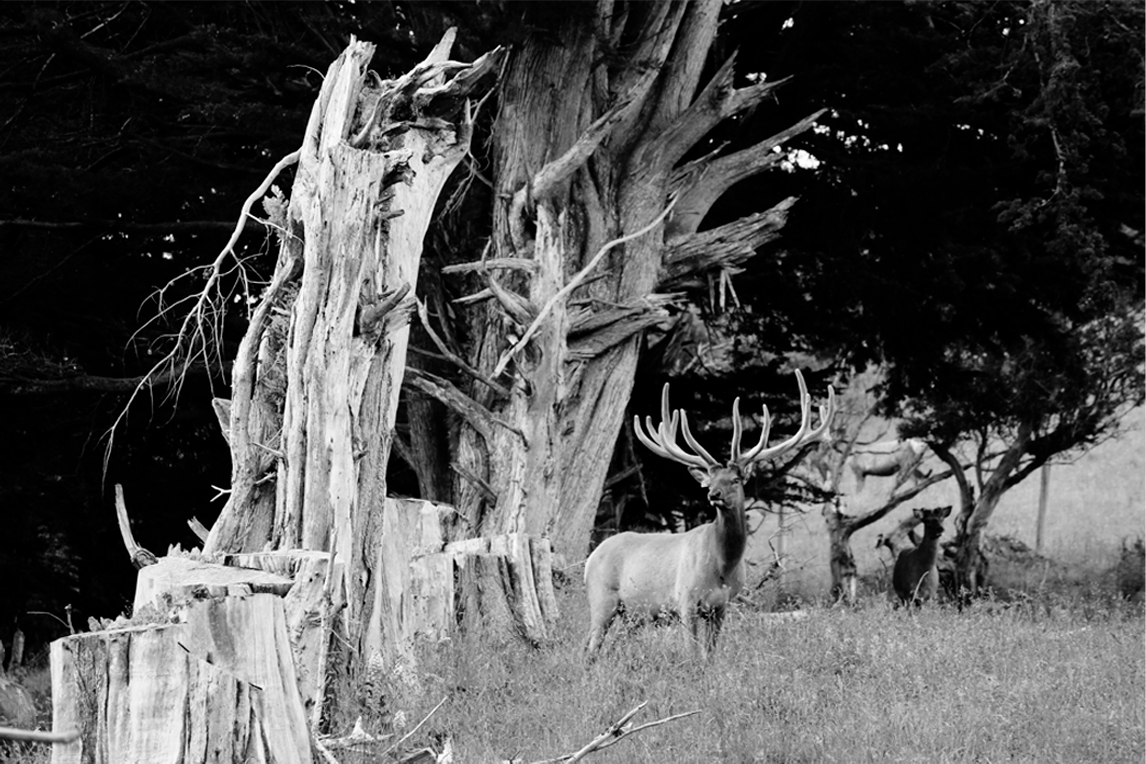Even experienced farmers find it difficult to assess the body condition of deer accurately by eye. The only way to accurately assess body condition is by hands-on palpation, then scoring them against a Body Condition Score (BCS) chart.
The Passion2Profit programme recognises the important impact seasonal changes in liveweight and deer body condition have on productivity, and the value of scoring hinds as a management tool.
Key points
BCS is measured on a five-point scale, with 5 representing ‘very good condition’ (fat) and 1 representing ‘very poor condition’ (cachexia or emaciated). However, most farmers assess using half-scores (effectively making it a 10-point scale).
BCS is used to monitor the nutritional well-being and health of hinds, particularly around the weaning, pre-mating period and the pre-calving period when it is very important to ensure hinds have sufficient fat reserves to reproduce successfully.
More resources
If you would like a BCS poster for your deer shed, or more information, contact DINZ >> Copies are free of charge to industry participants.
Audige, L., Wilson, P.R., Morris, R.S. (1998) A body condition score and its use for farmed red deer hinds. New Zealand Journal of Agricultural Research 41: 545-553.


